The instruments you see in this exhibit were acquired and used at the University of Mississippi by professors John Millington and Frederick A.P. Barnard during the mid-nineteenth century. In 1848, John Millington arrived at the new University of Mississippi to teach natural sciences. He brought with him the collection of scientific apparatus he had acquired during forty years of teaching natural philosophy, mechanics, and astronomy in England and the United States. As a world-renowned scientist and one of the four original faculty members on campus, Millington’s collection established a significant precedent for future purchases through which Ole Miss could expand its curriculum for future students.
After Millington’s departure from the University of Mississippi, Frederick A.P. Barnard joined the fledgling Ole Miss faculty in 1854 to serve as professor of mathematics, civil engineering, and astronomy. Soon after his arrival, he applied $100,000 of state funding toward the construction of an astronomical observatory (the present-day Barnard Observatory on campus) and the acquisition of the finest scientific instruments available at the time. Faculty and students in the sciences held classes at the observatory using the instruments as teaching tools. As the University catalog of 1857 stated, “All instruments selected have been the best of their class”, and the pieces helped illustrate the principles of physics and astronomy to students during the nineteenth century. Orrery was made in 1854 and purchased by Barnard in the late 1850s for use at the University. Having successfully expanded the scientific equipment and curricula of Ole Miss, Barnard was selected to serve as Chancellor of the University in 1859.
Following the Civil War, the University reopened and the instruments were returned to their original home in Barnard Observatory for use in classrooms and laboratories. By the 1870s, the instruments became obsolete but were moved to permanent storage to preserve their historic character. During the opening of the Physics Building in 1939, the pieces were displayed as quaint curiosities and eventually stored in the new building’s attic. The instruments you see remained there until their transfer to the University Museum in 1977 for conservation, exhibition, and study.

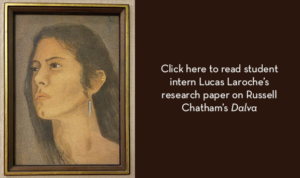

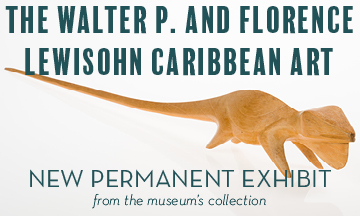
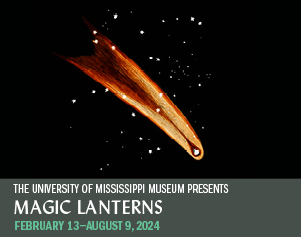



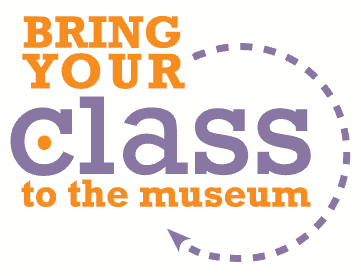

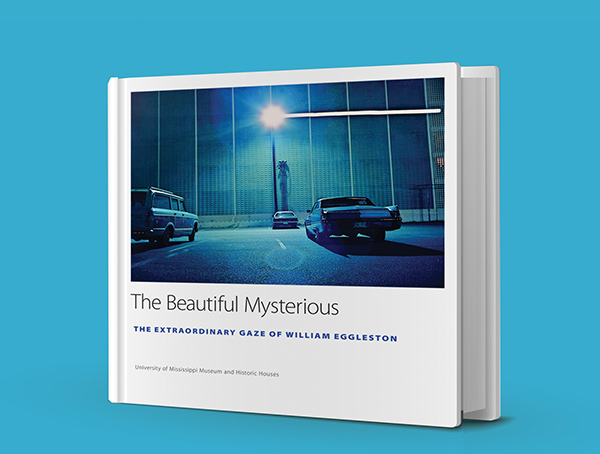
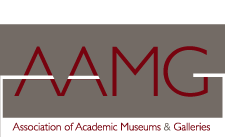


Hear Our Latest News First!